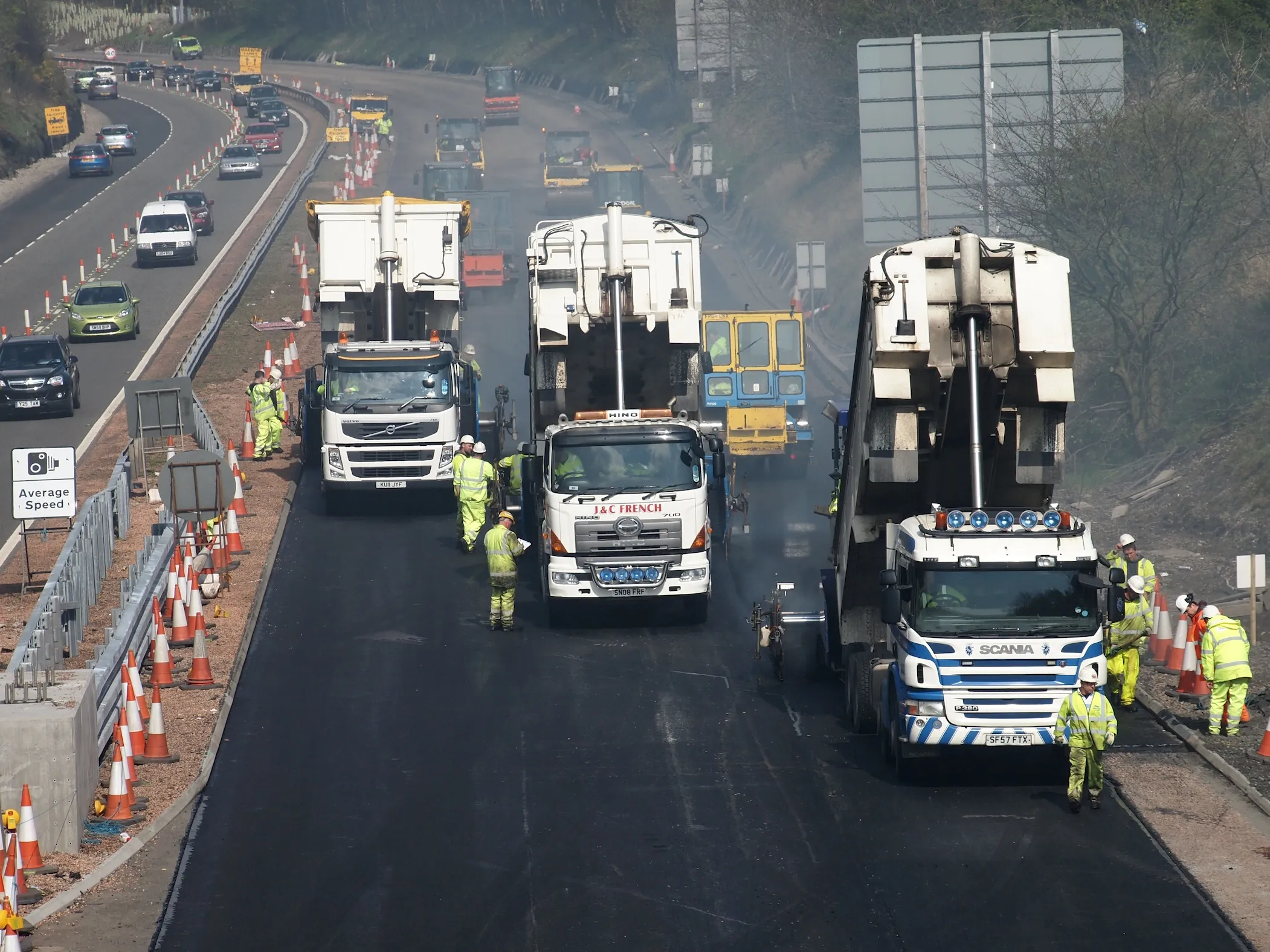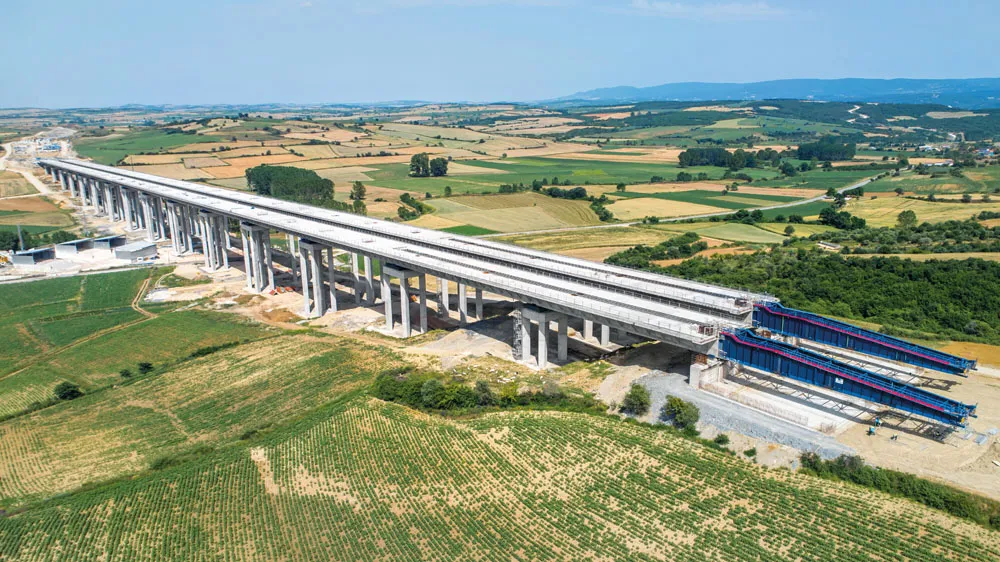A major milestone has been achieved in New Zealand on a major road project that is intended to deal with a major traffic bottleneck in the city of Auckland. The launching gantry team has now installed the last segment of the new northbound viaduct, a key stage in the Newmarket Viaduct Replacement project. There is currently a 1.5m gap between the segments. So, on Saturday 3rd and Sunday 4th December the two viaducts will be cemented together in an 18 hour procedure known as the Stitch. From then until the e
May 15, 2012
Read time: 2 mins
RSSA major milestone has been achieved in New Zealand on a major road project that is intended to deal with a major traffic bottleneck in the city of Auckland. The launching gantry team has now installed the last segment of the new northbound viaduct, a key stage in the Newmarket Viaduct Replacement project. There is currently a 1.5m gap between the segments. So, on Saturday 3rd and Sunday 4th December the two viaducts will be cemented together in an 18 hour procedure known as the Stitch. From then until the end of January 2012, work will continue to prepare the new northbound half of the viaduct for traffic. The Switch of traffic to the new link will happen over the weekend of 28th-30th January 2012. The work has been on-going for some time and on 28th September 2009, the project team began the construction of the new southbound viaduct. In the two and a bit years since then, 468 concrete segments each weighing an average of 80tonnes have been cast in a yard in East Tamaki, transported to site, lifted into place, tensioned and secured to create the new southbound and new northbound viaducts. The project forms part of the Route 1 Southern Motorway, which feeds Auckland from the South and continues through the city and over the Harbour Bridge. The Route 16 Waterview tunnel will complete the Western motorway loop, which will enable through traffic to by-pass Auckland city altogether. This will reduce congestion over the bridge, the main transport link in all of New Zealand. The project will also incentivise heavy traffic to use the by-pass route, prolonging the life of the bridge. Eventually, the bridge will need to be replaced with a new bridge or a tunnel, and the existence of the by-pass will help to make that more feasible.









